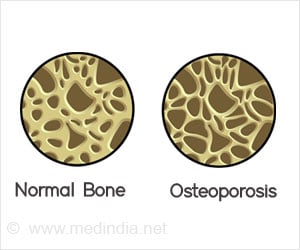A survey showed that US healthcare workers, especially doctors and nurses, have used complementary or alternative medicine (CAM) than do workers in the other fields.

Health care workers use chiropractic treatment, massage and acupuncture for conditions that conventional medicine does not address well, said study co-author Lori Knutson, executive director of the Penny George Institute for Health and Healing with Allina Hospitals and Clinics in Minneapolis. While conventional providers often treat common issues such as back pain with pain medication, holistic providers address root causes, she said.
The researchers used data from the 2007 National Health Interview Survey, analyzing responses from 14,329 working adults. Their findings appear online in the journal Health Services Research.
Among respondents, 1,280 worked in health care and fell into four categories:
(1) providers including doctors and nurses;
(2) technicians, for instance, sonographers;
(3) support workers such as nursing assistants and
(4) administrative personnel not providing patient care.
The study looked at practitioner-based CAM, such as acupuncture; self-treatment with CAM, such as practicing Pilates; and any CAM usage such as following a vegetarian diet, meditating and taking certain herbs.
Advertisement
"As insiders, health care workers understand what's missing in our medical system. They're more educated than others about orthodox and alternative medicine," said Joya Lynn-Schoen, M.D., a psychiatrist by training who instead practices alternative medicine, offering patients homeopathy, nutrition and chelation therapies. "Mainstream medicine will say, "Here's a pill" or "˜Have an operation" or "˜There's nothing wrong with you. You're just tired."
"We may be opening Pandora's box by disclosing utilization of CAM by conventional providers," Knutson said. "I prefer to believe that this will create an opening for both provider and patient in optimizing health for the whole person." Knutson added that consumers ought to know that providers use CAM and that health care workers should know that their peers use CAM, although perhaps without discussing it.
Advertisement
Source-Newswise







